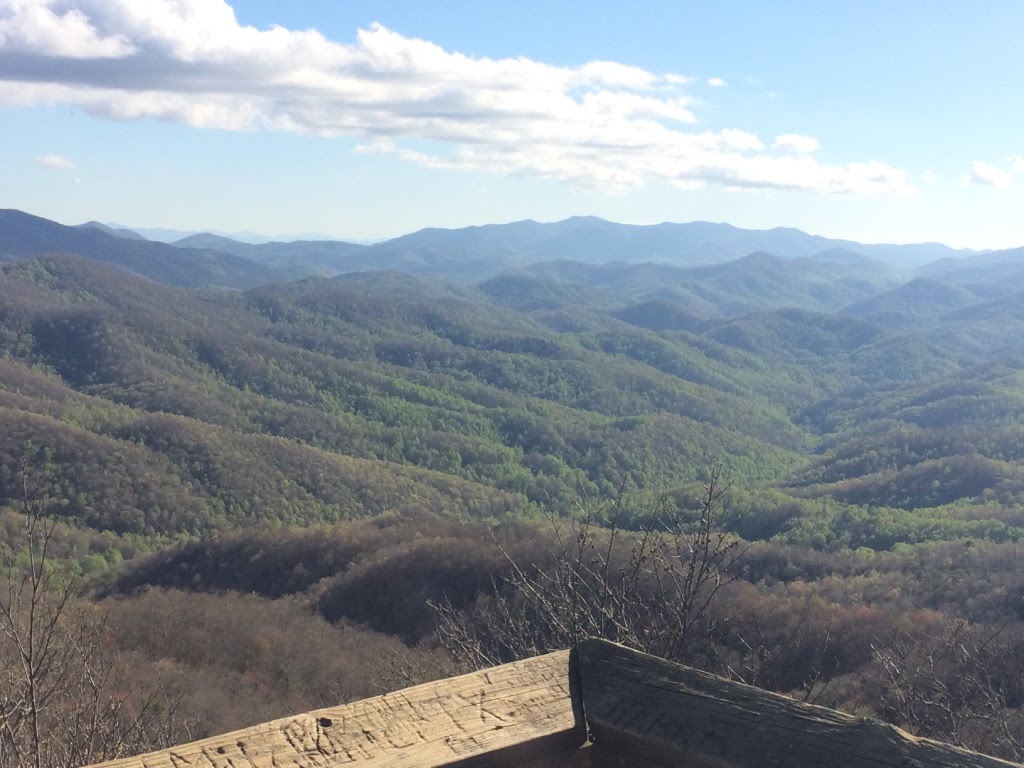
Are you dreaming of hiking the Appalachian Trail? Finding the right resources can help you prepare yourself so you ensure you have the right gear, mental attitude, and feel confident in beginning this scary but exciting new adventure.
It has never been easier to prepare for trips like these, as there is so much content on the internet that has been created to share knowledge, experience, and expertise. From podcasts, blogs, forums, books, maps, to YouTube Videos, there is an abundance of information for you to sift through as you plan your section or thru-hike of the Appalachian Trail.
I’ve spent the last couple years looking into resources to plan my section hike and my upcoming thru-hike on the AT. Here are some of the resources I found most helpful:
General Information about the Trail:
- The Appalachian Trail Conservancy Website provides the most accurate, up to date and comprehensive info about the Trail. This is the best place to start looking into hiking the AT.
Guidebooks and Maps:
- Awol’s AT Guide is hands down the best guide book you can get to help plan your trip and use as you hike the Trail. I found it so useful to look over before I left to see when my first re-supply would be and get a sense of the terrain, different Trail towns, water sources, etc.
- The ATC’s Interactive Map was one of my favourite tools to use in planning my route. The map is so accessible to use and even has layer features which allow you to explore AT parking, shelters, and communities.
Online Forums:
- Reddit is a wonderful world to dive into as it consists of tons of advice, feedback, experiences and updates on the Trail from users. The two subreddits I follow are: r/appalachiantrail and r/Ultralight
- WhiteBlaze.net is another great online forum focused on the Appalachian Trail.
Gear Prep:
- Outdoor Gear Lab is the best place to get unbiased reviews of outdoor gear as they have outdoor enthusiasts and experts test out the product lines of major outdoor companies every single year. They have such a comprehensive review rating system that helps you focus on specifically what you are looking for. For example, if I am looking for a new backpacking tent, they outline the best overall product, the lightest option, and the ‘Best bang for your buck’ product. This helps me narrow down the product qualities I’m seeking. Before I purchase a new gear item I always read the reviews on this website first.
- LighterPack is an incredible resource that allows you to put together your gear list for your trip. By imputing and calculating the overall weights, it’s a useful tool to make sure you have a good base weight. It also helps me be more critical of my gear list and eliminate items I don’t really ‘need.’
Blogs:
- The Trek is one of the best blogs to check out for Appalachian Trail content. Their website has so many useful resources and can probably cover most of the topics on this list. If you’re interested in long distance backpacking, it’s the website you should be following.
Youtube Videos:
- Homemade Wanderlust is my favourite Appalachian Trail Youtuber. She has great videos on gear advice, and helpful tips for life on the trail.
- Darwin Onthetrail great long distance backpacking videos as well. I also enjoy how he’s created content on backpacking gear for those who are on a tight budget.
Podcasts:
- Mighty Blue on the Appalachian Trail is a great podcast run by a former thru-hiker on the AT who interviews hikers about their experiences. The host Steve Adams, has a smooth British accent which makes interviews so enjoyable and calming to listen to. I loved to listen to them on Spotify on my commute to work every morning.
Books:
- Appalachian Trials: The Psychological and Emotional Guide to Successfully Thru-Hiking The Appalachian Trail by Zack Davis
I’m about half-way through this book right now and really enjoying it so far. It offers great tips and insight on how to prepare and overcome the mental aspect of the Trail. This is super important to look into as it’s the most vital aspect of your success.
Time to hit the dusty trail
I hope you find these resources as helpful as I did in preparing for my hike on the Appalachian Trail. Of course, there are so many other helpful resources out there, these are just my personal favourites. Go on and dive right into the worm hole of the internet and have fun prepping for your adventure of a lifetime. Happy Trails!
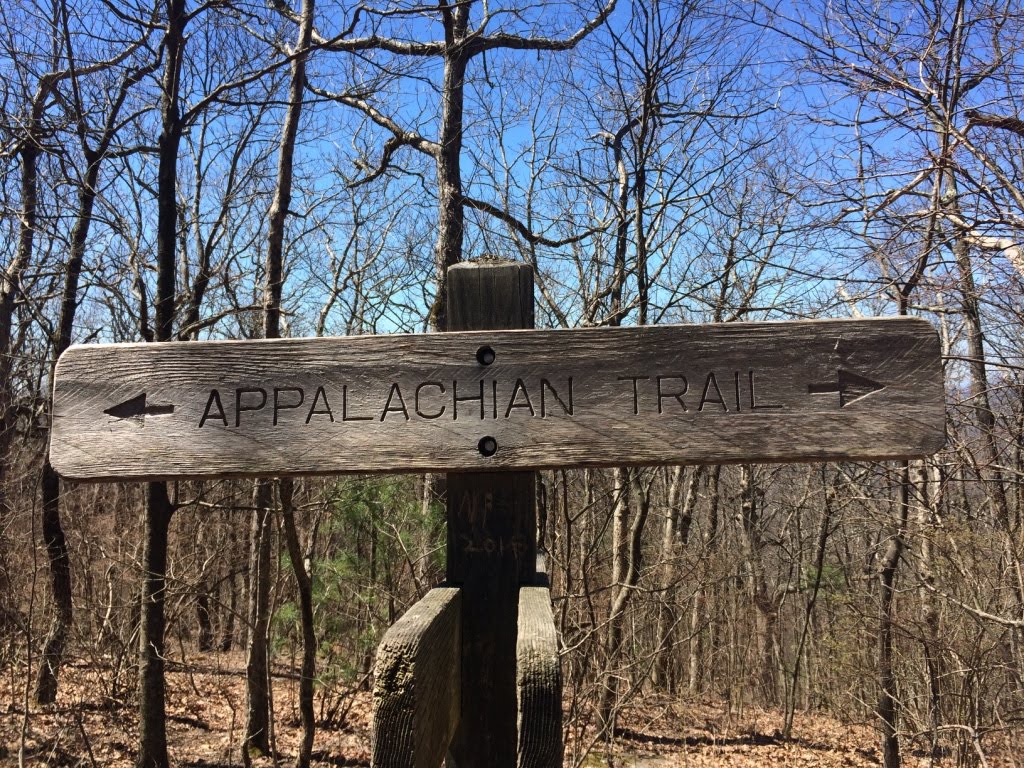
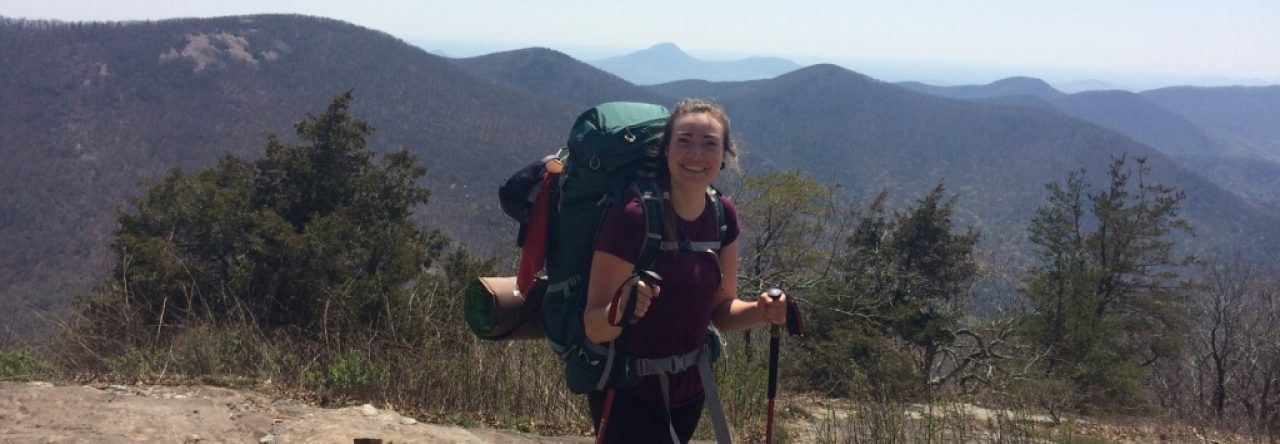


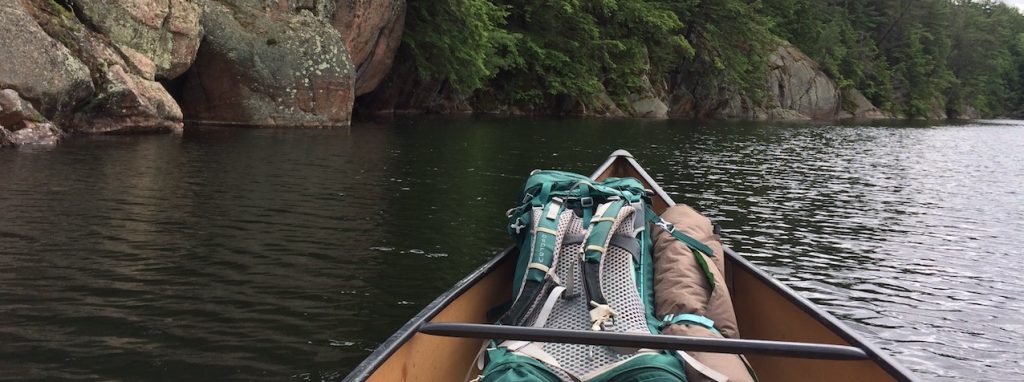


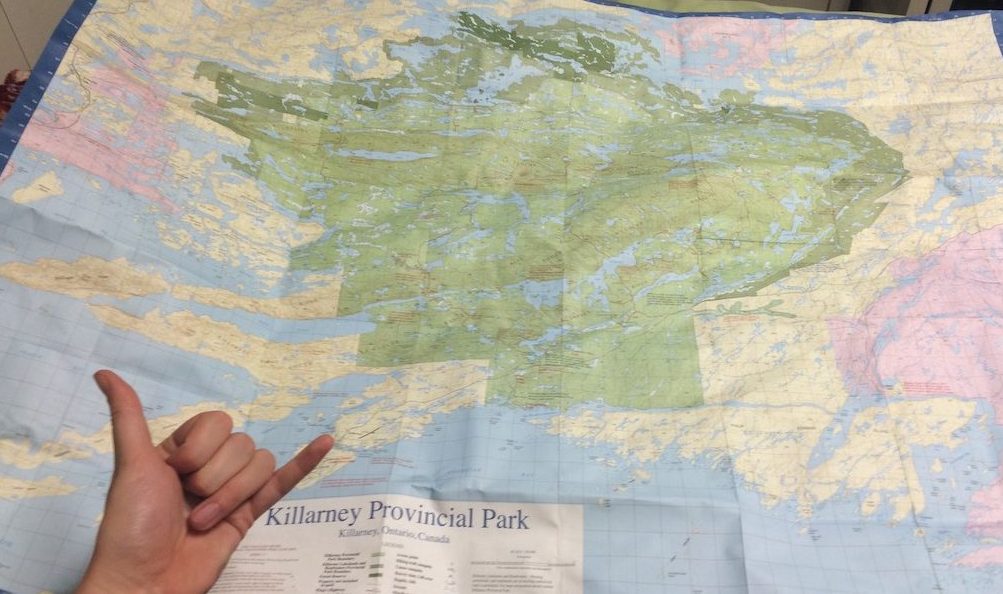

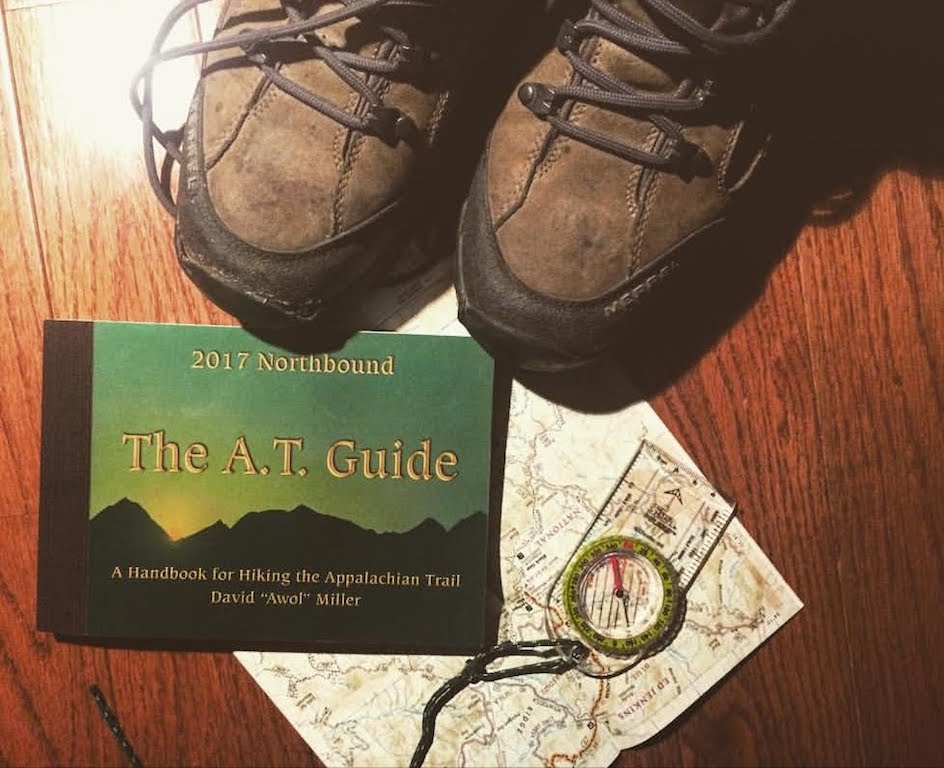
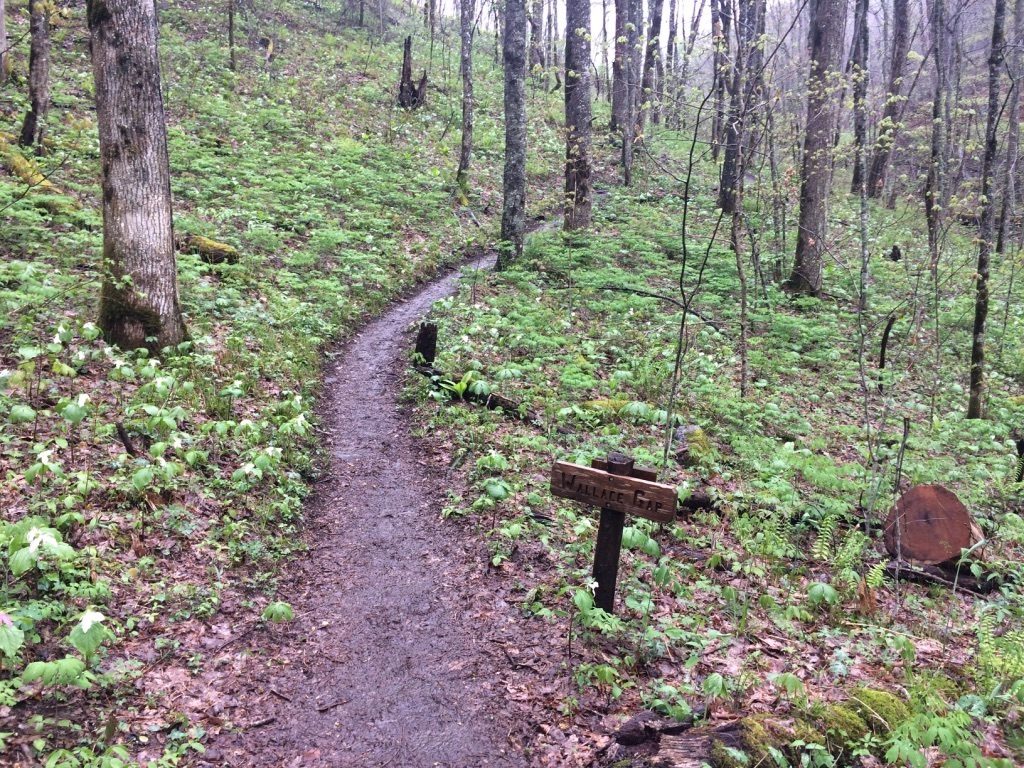 With these three resources on hand you will be all set on navigating your way on the Appalachian Trail. Wishing you a safe and absolutely amazing adventure!
With these three resources on hand you will be all set on navigating your way on the Appalachian Trail. Wishing you a safe and absolutely amazing adventure!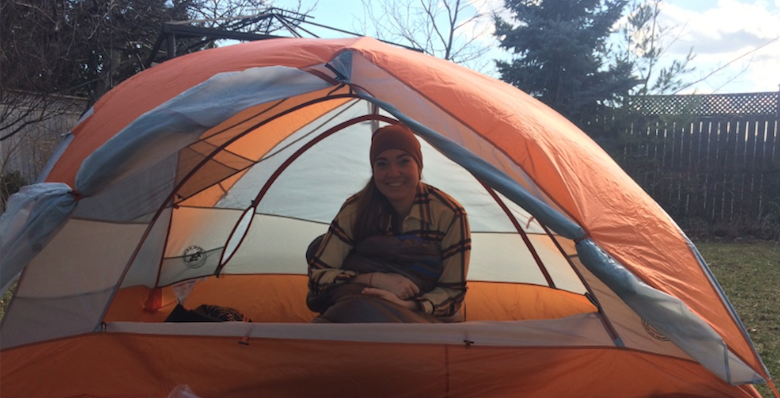

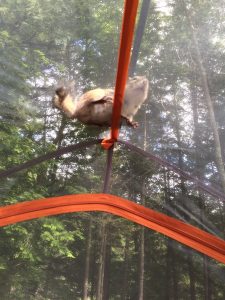




 Snicker bars- I heard about snicker bars from bloggers who hiked the AT and they were always raving about them. I can tell you, the hype is real. At the end of a long day, the chocolate and peanut combo refreshed your tired, weary soul and there’s seriously nothing like it.
Snicker bars- I heard about snicker bars from bloggers who hiked the AT and they were always raving about them. I can tell you, the hype is real. At the end of a long day, the chocolate and peanut combo refreshed your tired, weary soul and there’s seriously nothing like it.